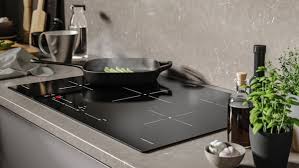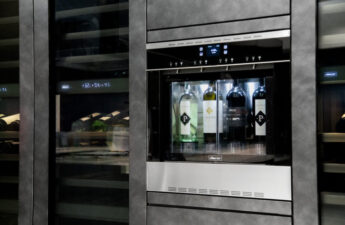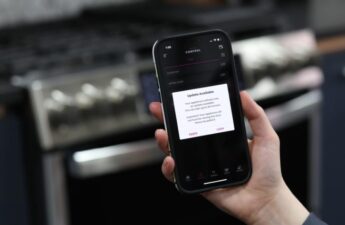Just like cars that are going electric, the trend towards indoor cooking is too. The world is more environmental friendly and the use of natural gas in kitchens is getting negative attention. Consumers are moving away from gas and switching to induction cooking.
Gas stoves are a significant source of indoor pollution making people more open to electric induction cooktops which are more efficient, convenient, safer and easier to use. Cooks like gas ranges for their high searing temperatures and account for almost half of all sales, induction models are quickly gaining ground.
Serena Williams, senior VP at Meyer Corp., makers of Circulon, Farberware, KitchenAid and Rachael Ray cookware, sees induction as an inevitable trend. “The transition to induction cooking has been gaining momentum as consumers have become increasingly aware and knowledgeable about its benefits relative to both electric and gas alternatives,” she said.
Some states (Alabama, Oklahoma and Tennessee) have passed pre-emption laws to prohibit bans on gas appliances. People will lean to electric induction versus gas due to safety concerns, and there more energy efficient.
Induction’s growing popularity can also be attributed to its more affordable pricing. Once limited to ultra-premium brands, the technology is now offered by most mainstream appliance manufacturers, and the price delta between induction and electric ranges is shrinking. Dealerscope cited a Frigidaire Gallery stainless steel range that retails for $1,298 with an induction cooktop and built-in air fryer, compared to $898 for the company’s stainless plain Jane electric model.




